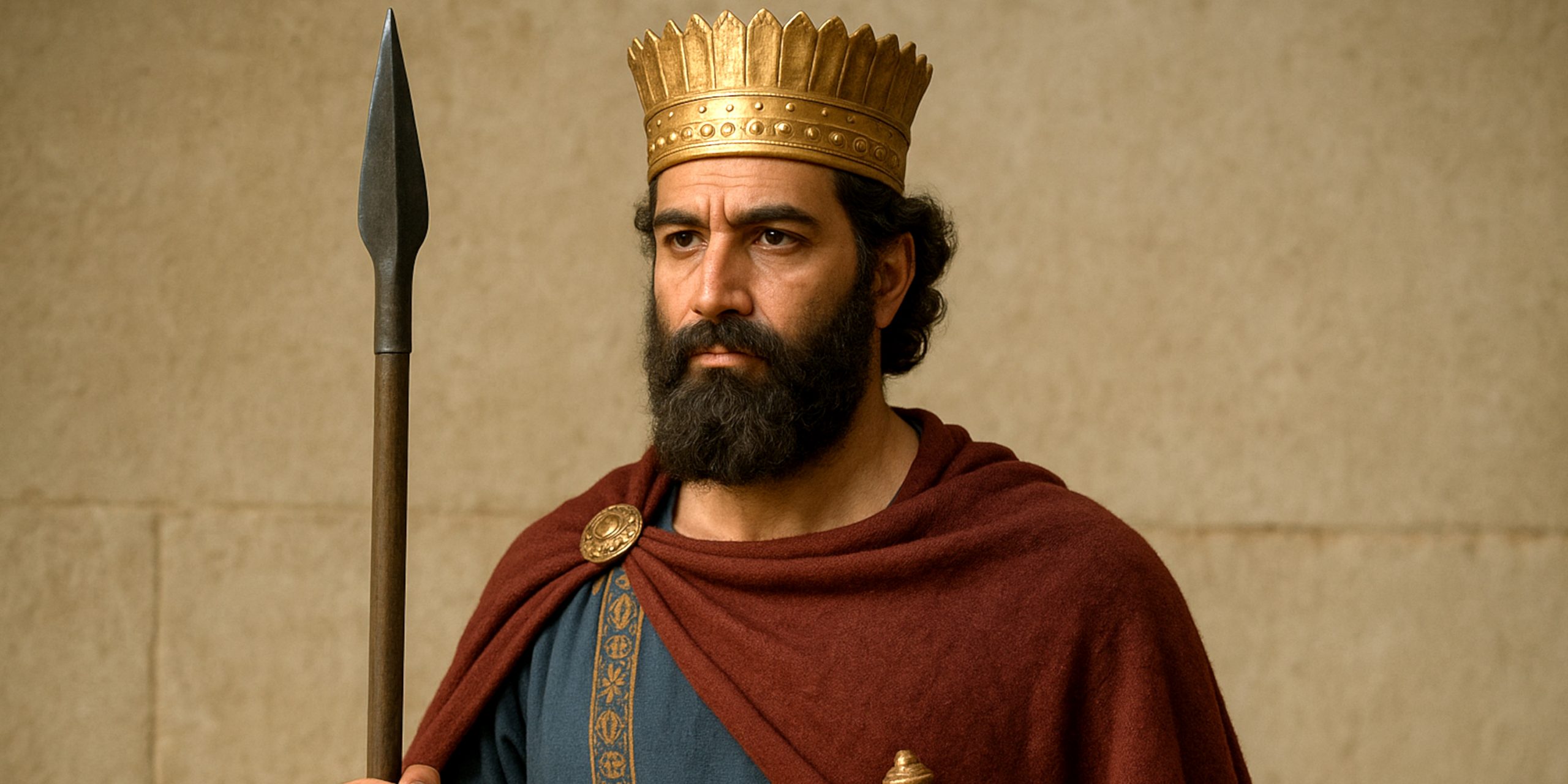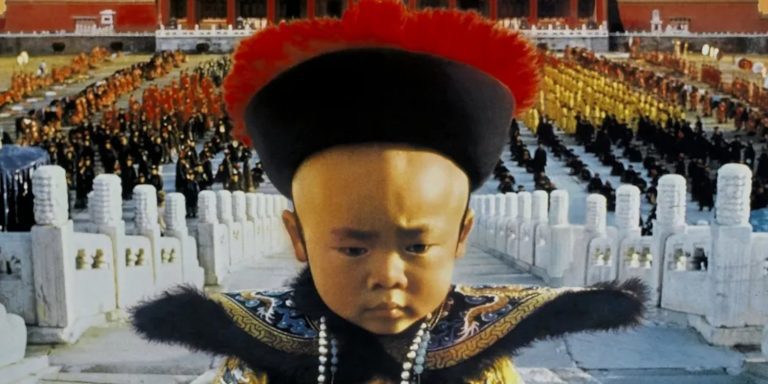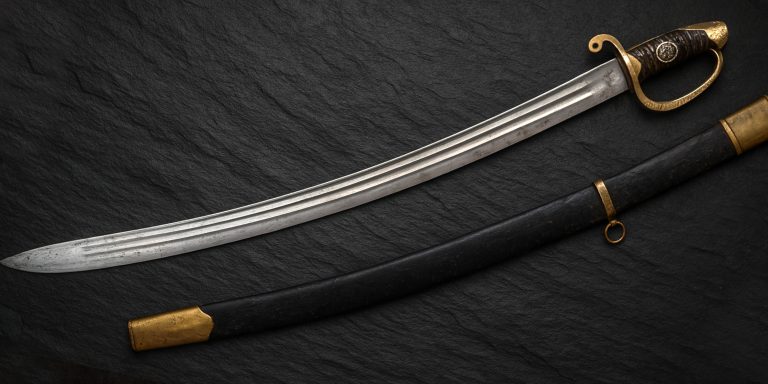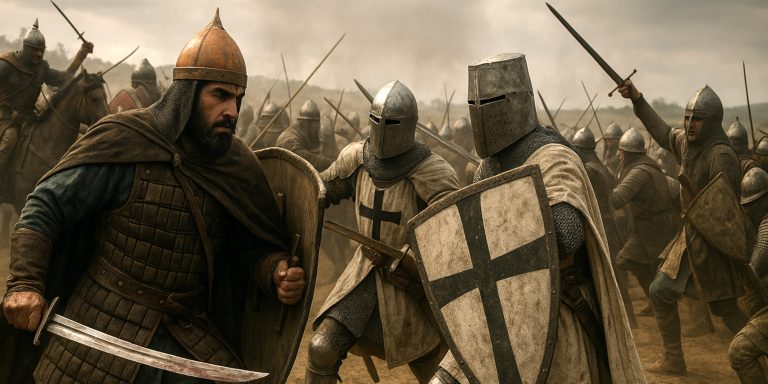
Darius I, known as Darius the Great, ruled the Achaemenid Empire from 522 to 486 BCE. He came to power after a period of unrest, defeating rival claimants including the usurper Gaumata. According to his own inscriptions, he fought nineteen battles in his first year alone, subduing nine rebel kings. His reign laid the administrative and military foundations that allowed the empire to thrive.
He reorganised the empire into satrapies (provinces), introduced a standardised currency system (the gold daric and silver siglos), unified weights and measures, and promoted Aramaic as an administrative language. These reforms strengthened control across the vast Persian realm and improved trade and communication. His large-scale infrastructure projects included canals, roads, and monumental architecture such as the royal complexes at Persepolis, Susa, and Babylon.
Arms and Armour
While specific personal armour of Darius I has not survived, artistic representations and military depictions offer some insights. Key points include:
- Persian elite infantry of his time may have worn scale armour or reinforced leather.
- Some early forms of ring armour may have been in use, especially for high-ranking soldiers.
- The well-known statue of Darius, crafted in Egypt, shows him in pleated garments with a dagger at his belt. This attire is ceremonial rather than martial but suggests his status as both king and commander.
The Persian army relied heavily on archers, cavalry, and infantry armed with spears and axes. Armour varied by region and status, from simple tunics to bronze-scaled cuirasses.
Battles and Military Acumen
Darius I was more than a bureaucratic reformer; he was a capable military leader who campaigned from the Indus Valley to the Danube. Highlights of his military record include:
- Suppressing revolts: He crushed uprisings across the empire, most notably in Elam, Babylon, and Media, within the first year of his rule.
- Campaigns in the east: His control reached the Indus Valley, incorporating parts of modern Pakistan. This involved military force and careful organisation of new satrapies.
- Scythian campaign: Darius launched an ambitious campaign north of the Black Sea. While the Scythians avoided direct combat and stretched Persian supply lines, Darius secured the western territories by building fortifications and bridging the Danube.
- Ionian Revolt (499–493 BCE): He led efforts to quell Greek uprisings in Ionia, laying the groundwork for later Persian invasions of mainland Greece.
- Preparations for Greece: His campaign against Athens at Marathon in 490 BCE ultimately failed, but the logistical planning and scope of the operation reflect his commitment to expanding Persian influence westward.
Darius’s military responses were calculated and methodical. He often delegated campaigns but oversaw them with a clear chain of command and long-term planning.
Where to See Artefacts
Several important artefacts from Darius’s reign survive today and are housed in major museums:
- Statue of Darius I: Found in Susa but made in Egypt, this three-metre greywacke statue features Darius in Persian dress with inscriptions in Old Persian, Elamite, Babylonian, and Egyptian. It includes 24 cartouches naming subject peoples of the empire. The statue is now in the National Museum of Iran.
- Marble Stele from Phanagoria: Found near the Black Sea, this stele bears the name of Darius and may relate to his efforts to suppress the Ionian Revolt. It reveals Persian reach into the north.
- Behistun Inscription: This trilingual inscription carved into a cliffside in western Iran details Darius’s rise to power and the early struggles of his reign. It remains the single most important written source for his rule and is a key reference point for understanding Achaemenid imperial ideology.
Latest Archaeological Findings
Recent discoveries continue to shed light on Darius’s far-reaching influence:
- In 2023, archaeologists at Tel Lachish in Israel found an inscription referring to Darius, offering new evidence of Persian administration in the Levant.
- Excavations in Persepolis and Susa continue to uncover administrative tablets and building inscriptions that clarify the functioning of the empire under Darius.
- Seals, inscriptions, and coins from his reign have been found across modern-day Iran, Iraq, Turkey, and Central Asia, confirming the widespread circulation of his image and authority.
The Seven Swords Takeaway
Darius I’s reign was defined by consolidation and expansion. His military decisiveness stabilised a fragile empire, and his reforms gave it a lasting framework. While his campaigns were not all successful, particularly in Europe, his ability to project power across continents was unmatched in his era.
The monuments he left behind were as much about propaganda as they were about legacy. The grand palaces and multilingual inscriptions were carefully crafted messages of control, continuity, and legitimacy. In arms and administration alike, Darius shaped what it meant to rule an empire. His legacy is preserved not just in stone and inscription, but in the enduring model of governance he built.
Watch the documentary:



